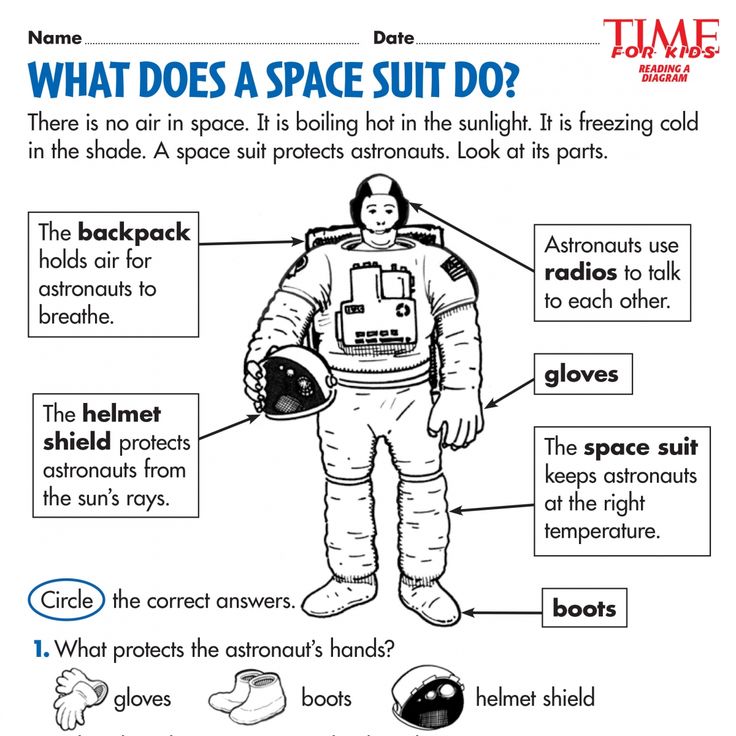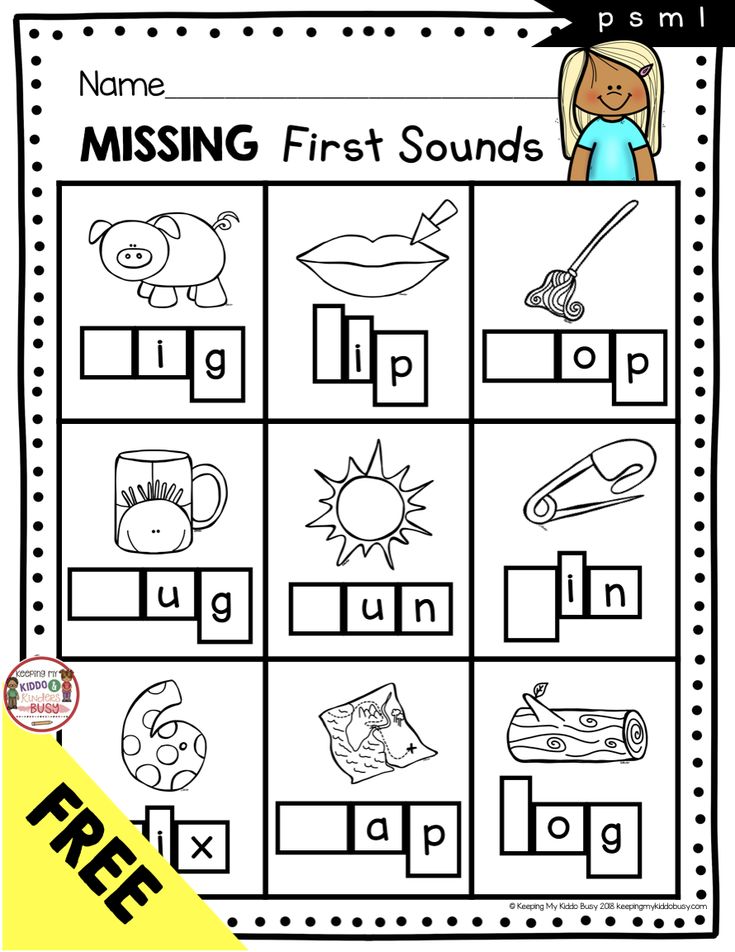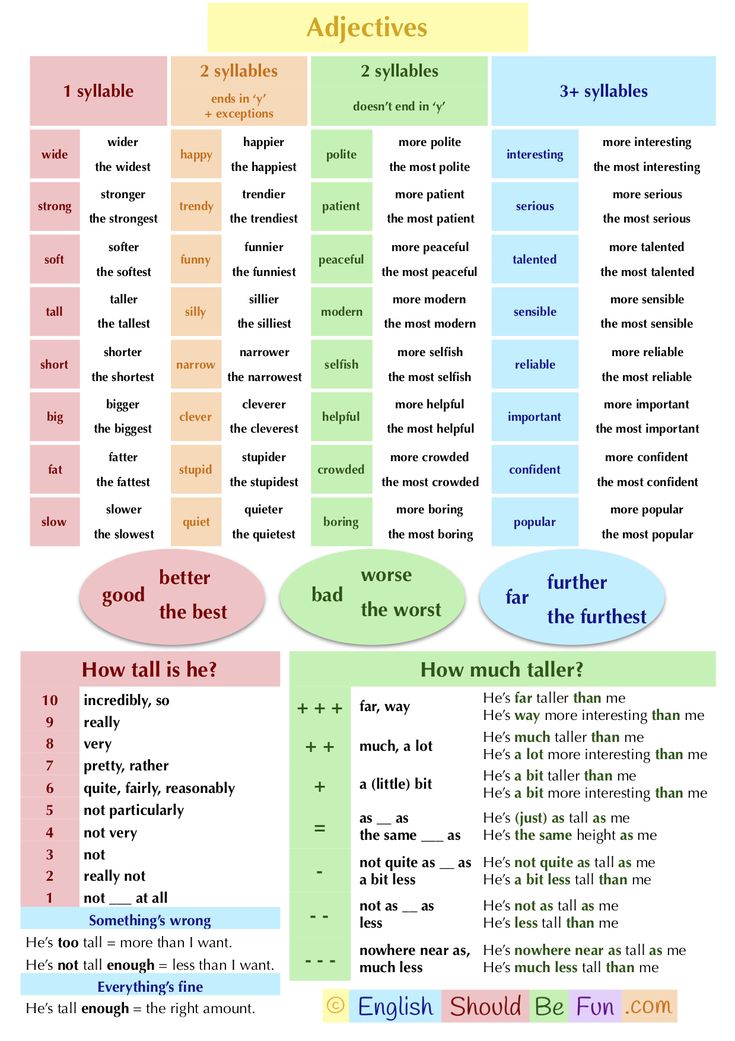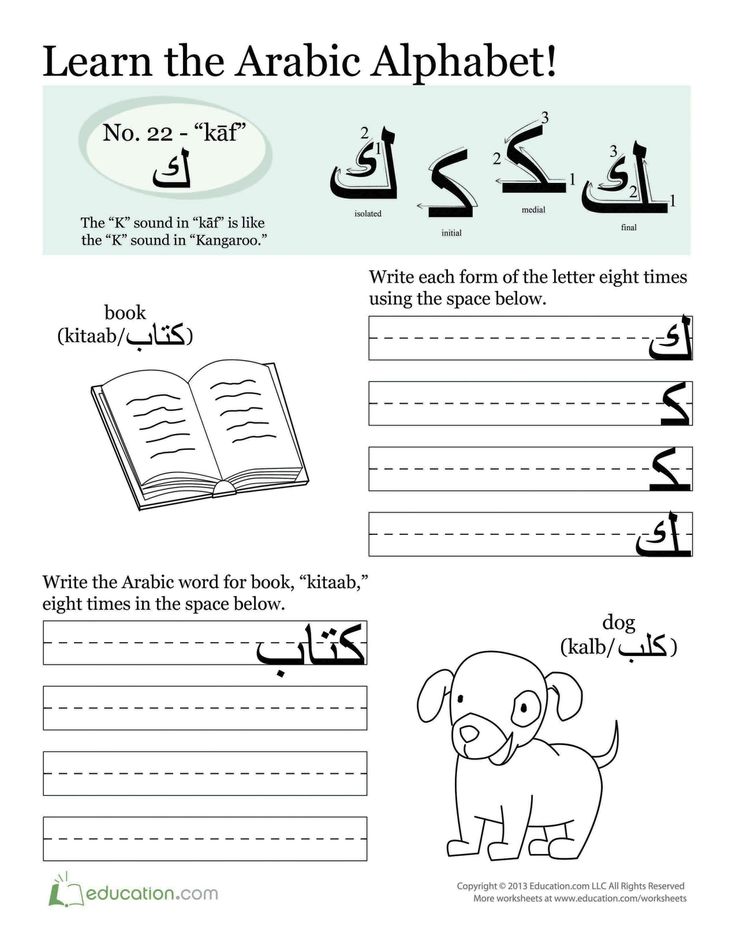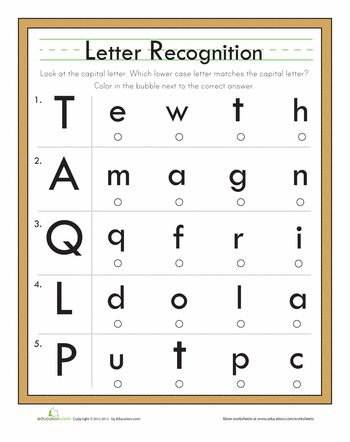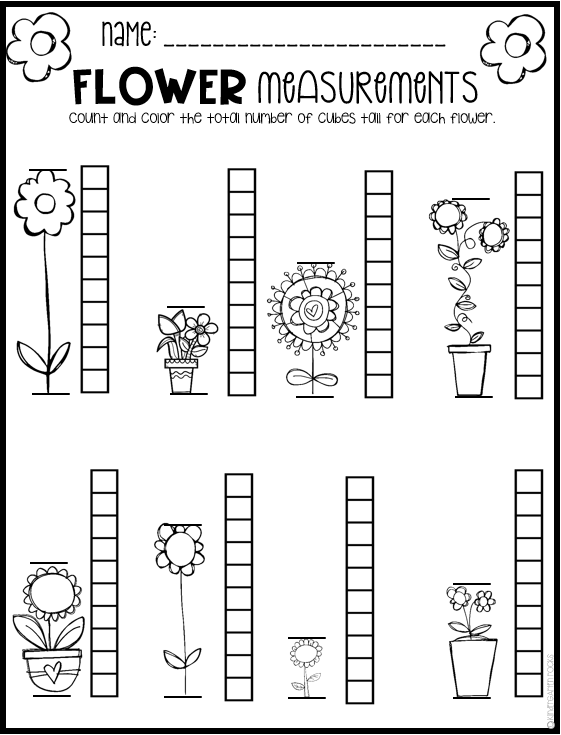Kid in space
Youngest American to go into space is also a cancer survivor
This undated photo courtesy of ALSAC received by AFP on February 22, 2021, shows St. Jude Children's Research Hospital's physician assistant and cancer survivor Hayley Arceneaux, posing for a photo when visiting a SpaceX facility in Hawthorne, CaliforniaBy the end of the year, Hayley Arceneaux will be the youngest American in space and one of the first tourists to enter orbit unaccompanied by professional astronauts.
It is a feat made all the more remarkable by her battle to overcome a childhood cancer that robbed the 29 year old of her dream of becoming an astronaut herself.
Due to the bone cancer she overcame, Arceneaux has steel rods in her left leg—which until recently were enough to shatter her hopes of going into space.
Enter Jared Isaacman, a young American billionaire with a passion for space exploration who chartered a SpaceX Falcon 9 rocket at his own expense and decided to take three people with him, including Arceneaux.
Arceneaux said she hopes to be an inspiration with "this precedent that it's going to set and what it's going to show these other kids going through cancer treatment."
The first person chosen for this unprecedented mission, named Inspiration4 and set to take off at the end of 2021, was in fact Arceneaux.
The young woman was treated as a child at St Jude's Children's Research Hospital in Memphis, Tennessee, which specializes in childhood diseases, including cancer.
Isaacman hopes to raise $200 million for the hospital on his space mission.
This undated photo courtesy of ALSAC received by AFP on February 22, 2021, shows cancer survivor Hayley Arceneaux posing for a photo when visiting a SpaceX facility in Hawthorne, California"I got a phone call pretty much out of the blue in early January, and it was from St Jude... They basically said, 'Do you want to go to space?'" Arceneaux told AFP.
"Immediately I said, 'Yes, yes, absolutely!'" said Arceneaux, who now works for the same hospital that cared for her, as a medical assistant.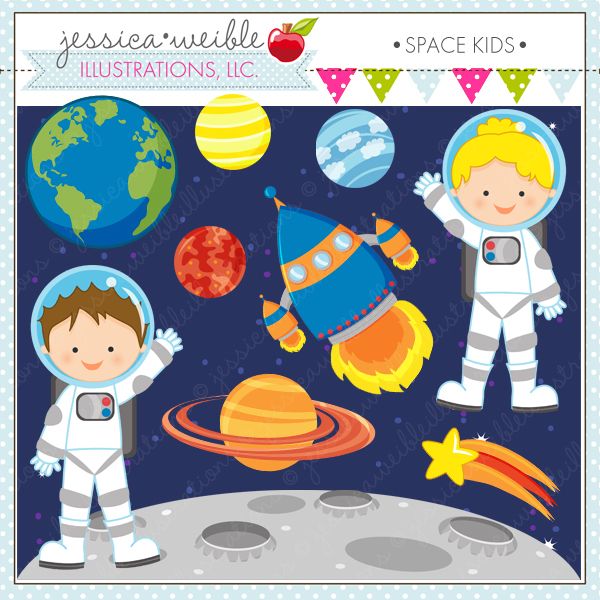
As a child, she visited the NASA space center in Houston, Texas. "Of course, I wanted to be an astronaut," she said. "But then a few months later I was diagnosed with cancer, and it really changed my whole world."
"Until now, astronauts have had to really be physically perfect, which is not a category that I fall into because of surgeries I've had on my leg. And that's one thing I'm so excited about with this mission, it is opening space travel up to anyone," Arceneaux said.
'Dream big'
"Being the youngest American to go to space is such an honor but honestly, what I'm more excited about is being the first pediatric cancer survivor to go to space," she said.
"I would just love to inspire my patients to dream big and to not limit themselves. And I really hope to show them while I'm in space that absolutely anything is possible."
One of the two remaining seats on the mission will be drawn from those who enter a raffle and are encouraged to donate to St Jude's.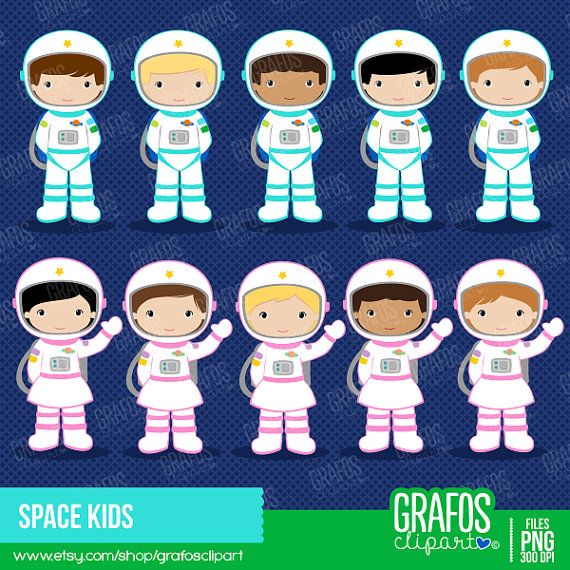
The other will be picked by a panel of judges from entrepreneurs who use an e-commerce tool from Isaacman's company, Shift4 Payments.
They are to be announced next month and begin their training with Isaacman and Arceneaux. "First, we're going to do the centrifuge training, getting our body ready for the G forces that we're going to feel," she explained.
In the meantime, Arceneaux has had "so many questions, from what am I going to wear in space, what am I going to eat in space, can I put on makeup in space?"
"Silly little questions, but also how is this working, how is the rocket going up, how are we going to orbit the Earth?" she added.
SpaceX has said that during the multi-day mission, the astronauts will orbit Earth every 90 minutes.
The mission will go up in SpaceX's Dragon capsule, the same model that successfully carried four astronauts into orbit and to the International Space Station in mid-November 2020.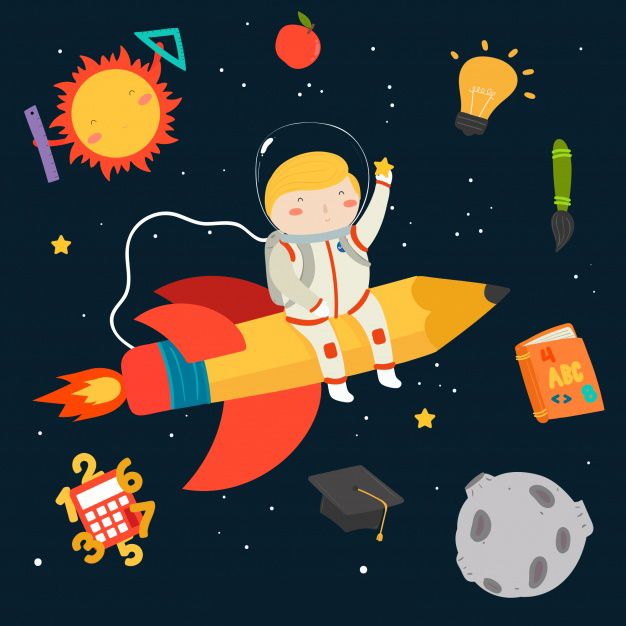
After the mission, the spacecraft will reenter the atmosphere for a water landing off the Florida coast.
© 2021 AFP
Citation: Youngest American to go into space is also a cancer survivor (2021, February 23) retrieved 31 December 2022 from https://phys.org/news/2021-02-youngest-american-space-cancer-survivor.html
This document is subject to copyright. Apart from any fair dealing for the purpose of private study or research, no part may be reproduced without the written permission. The content is provided for information purposes only.
An 18-year-old will be the youngest person to ever go into space as he joins Jeff Bezos on Blue Origin
Advertisement
Associated Press
comments
Blue Origin announced that instead of a $28 million auction winner launching with founder Jeff Bezos on Tuesday, Dutch runner-up Oliver Daemen will be on board
- AMZN
-0.21%
SPCE+1.75%
CAPE CANAVERAL, Fla. (AP) — An 18-year-old is about to become the youngest person in space, rocketing away with an aviation pioneer who will become the oldest at age 82.
Blue Origin announced Thursday that instead of a $28 million auction winner launching with founder Jeff Bezos on Tuesday, Dutch runner-up Oliver Daemen will be on board. The company said he’ll be the first paying customer, but did not disclose the price of his ticket.
“I am super excited to experience zero-g and see the world from above,” Daemen said in a video posted by Dutch broadcaster RTL.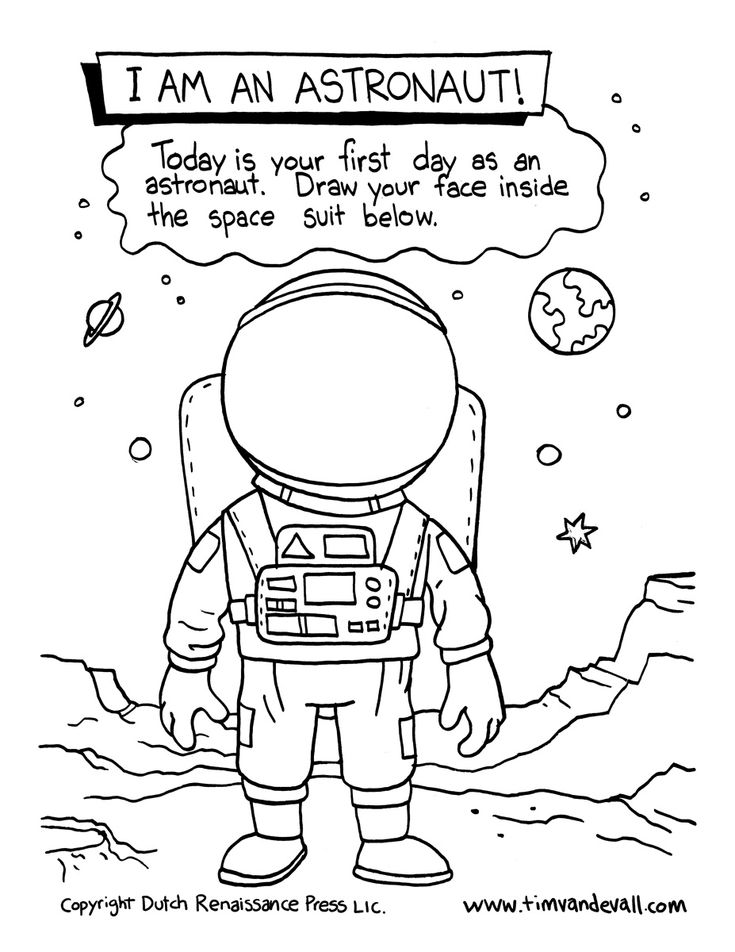
Also soaring on Blue Origin’s first launch with passengers: Bezos’ brother and Wally Funk, one of 13 female pilots who went through the same studies in the early 1960s as NASA’s Mercury 7 astronauts did, but were rejected for being women.
Also see: Billionaire space race: As Richard Branson and Jeff Bezos blast off, here’s how their suborbital trips match up
The four will blast off from West Texas atop a New Shepard rocket for a 10-minute flight.
According to Blue Origin, Daemen took a year off after graduating from high school last year to obtain his private pilot’s license. He’ll attend the University of Utrecht in the Netherlands in September.
His father is Joes Daemen, founder and CEO of Somerset Capital Partners, a private equity firm in Oisterwijk, Netherlands. Both father and son are already in the U.S. preparing for the launch, according to a company representative.
“This marks the beginning of commercial operations for New Shepard, and Oliver represents a new generation of people who will help us build a road to space,” Blue Origin CEO Bob Smith said in a statement.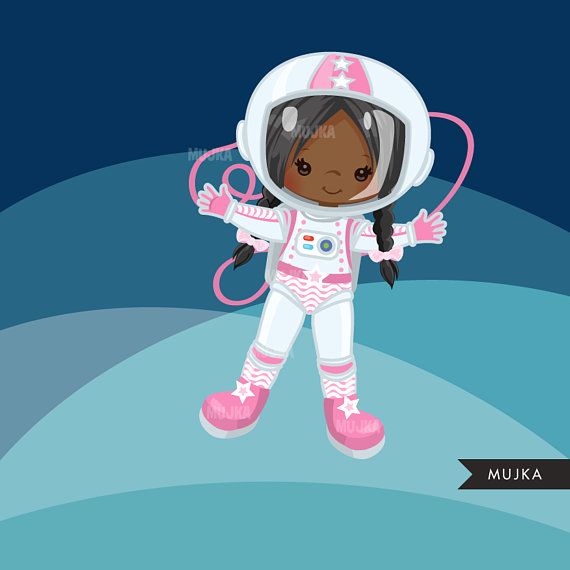
Blue Origin said the yet-to-be-identified winner of the charity auction is stepping aside because of a scheduling conflict and will catch a future flight. Daemen was going to be on the second launch for paying customers.
The company has yet to open ticket sales or disclose its prices to the public. That’s expected following Bezos’ flight.
The Amazon AMZN, -0.21% founder will become the second person to ride his own rocket into space, following Virgin Galactic SPCE, +1.75% ‘s Richard Branson by nine days.
Soviet cosmonaut Ghermon Titov holds the record for the youngest to fly in space. He was 25 when he blasted into orbit four months after Yuri Gagarin, the first person in space. John Glenn was 77 when he launched aboard space shuttle Discovery in 1998, 37 years after becoming the first American to orbit the world.
Advertisement
Advertisement
Advertisement
Advertisement
Advertisement
Advertisement
Democrats release Trump’s tax returns, and CPAs have questions: ‘In order to generate these kinds of losses, you need to be super rich.
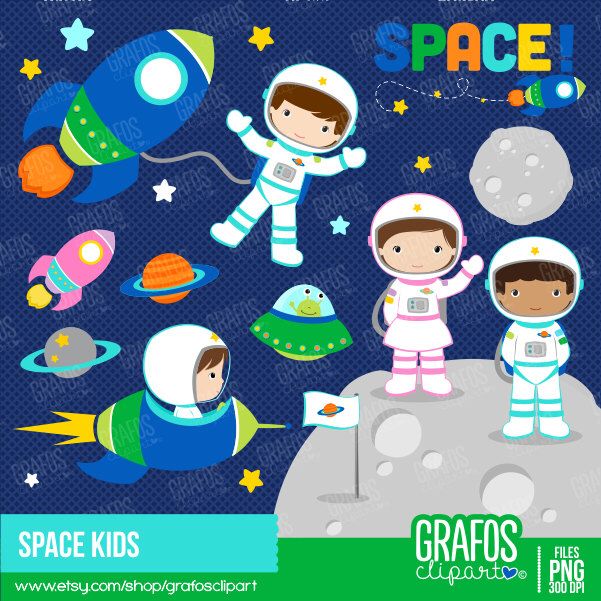 It’s not a poor man’s game.’
It’s not a poor man’s game.’ ‘I dug myself out of the paycheck-to-paycheck cycle’: Should I use my bonus to pay off my mortgage, put it in a savings account or Vanguard?
My roommates and I have not paid our $1,600 electricity bill thanks to a pandemic-era moratorium. It’s in my name only — and we move out in February. What can I do?
This 28-year-old grew her pay to $500,000 and found work-life balance
These 20 stocks were the biggest winners of 2022
Advertisement
Advertisement
Search
Advanced Search
Advertisement
In 12 years, the first child may appear in space
ekaterina79 / istock
Childbirth is supposed to take place in the so-called low orbit - up to 2000 kilometers.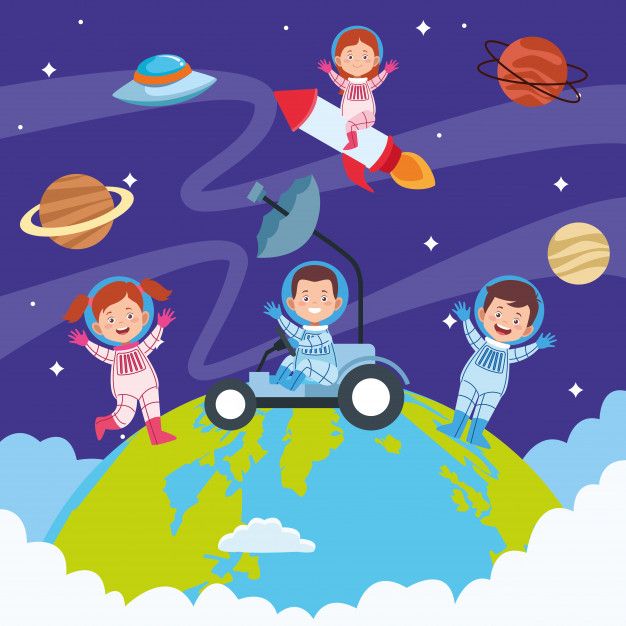 To become a participant in the program, the "cosmonaut" must have the experience of two flawless births and a high natural resistance to radiation. Judging by the statements, about 30 expectant mothers are going to be involved in the project. True, anyone can at any time refuse to participate.
To become a participant in the program, the "cosmonaut" must have the experience of two flawless births and a high natural resistance to radiation. Judging by the statements, about 30 expectant mothers are going to be involved in the project. True, anyone can at any time refuse to participate.
Back in 1997, NASA conducted an experiment - they observed the process of childbirth in space in laboratory rats. Experts have calculated: there were almost twice as many contractions in the "tailed ones" than on Earth ...
It must be said that scientists from different countries have been dealing with "sex" problems in space for many years. Helpers here are the same rats, birds, flies, fish. Is conception possible? Is it possible to give birth among the stars? Is the native able to bear the return to Earth normally? There are many questions. And there are even more of them, given the plans for manned flights to the Moon and Mars, the construction of settlements on other planets.
For the first time, the problem of reproduction - or, more simply, the reproduction of living organisms in space - arose as soon as the question arose of creating biological life support systems at orbital stations. Then the task was purely utilitarian: if astronauts learned to grow wheat in onboard greenhouses, then why, say, birds cannot serve as a source of obtaining such high-calorie foods as eggs? The choice, in particular, fell on quail. nine0003
In 1978, a trial "quail launch" was carried out on the Soviet biosatellite Kosmos-1129. It didn't work out very well. The return was too hard, and almost all the eggs were broken. Nevertheless, the embryos fell into the hands of scientists. It became clear that nucleation in orbit is possible.
Is it possible to give birth among the stars? Will the baby be able to bear the return to Earth normally? This is an experiment. And human life is priceless
In 1990, the first victory: eight quail chicks hatched aboard our Mir orbital complex.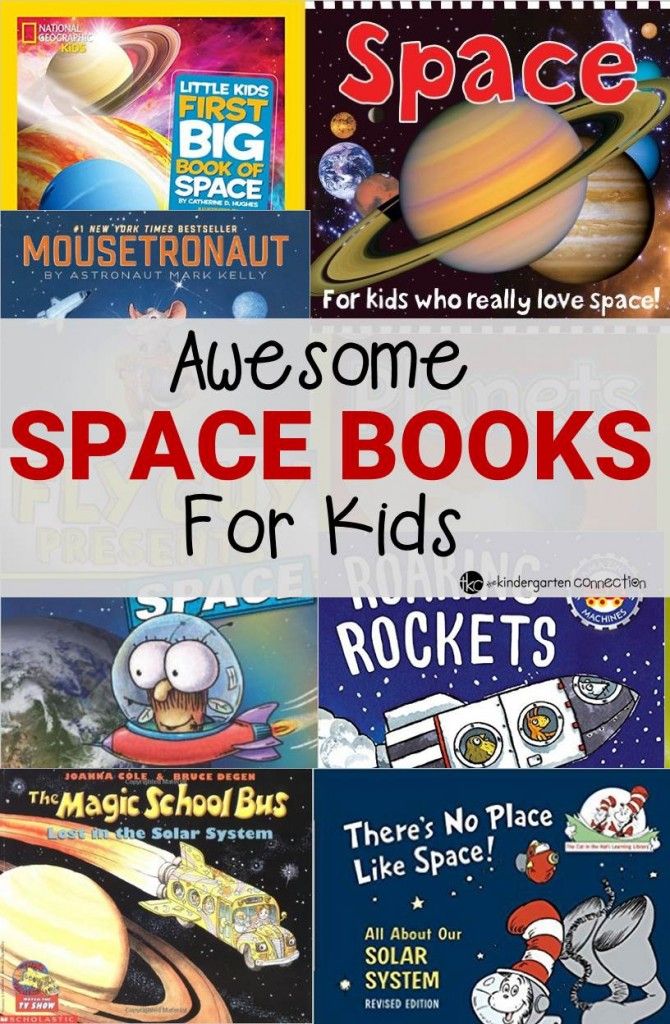 But they quickly died. And at 19In 1999, luck finally smiled on the crew of Viktor Afanasyev. The Frenchman Jean-Pierre Haignere and the Slovak Ivan Bella flew with him. Slovak specialists made an excellent transport incubator: sixty fertilized eggs were laid there. Scientists wanted to get the chicks in space and try to save them as much as possible. Even a special unit for "newborns" - a centrifuge - was delivered to the station. She made up to 110 revolutions per minute, creating the usual gravity for the quail.
But they quickly died. And at 19In 1999, luck finally smiled on the crew of Viktor Afanasyev. The Frenchman Jean-Pierre Haignere and the Slovak Ivan Bella flew with him. Slovak specialists made an excellent transport incubator: sixty fertilized eggs were laid there. Scientists wanted to get the chicks in space and try to save them as much as possible. Even a special unit for "newborns" - a centrifuge - was delivered to the station. She made up to 110 revolutions per minute, creating the usual gravity for the quail.
But only three chicks landed safely. The temperature in the descent vehicle turned out to be too low - only plus 11. Nevertheless, scientists got an amazing result: for the first time in history, living beings were not only born in space, but also, after living there for several days, returned to Earth. nine0003
Later, on the ISS, they tried to grow newts from caviar. Normally, the egg divides first into 2 cells, then into 4, 8, etc. And in orbit instead of 4 it turned out 3, instead of 8 - 5. Developmental disorders. Roughly speaking, without gravity, the cells could not understand which of them would become the "head" and which would become the "back"...
Developmental disorders. Roughly speaking, without gravity, the cells could not understand which of them would become the "head" and which would become the "back"...
But this is all about the "smaller brothers". What about people? As you know, there was no sex in the USSR. But the question of sex during future long-term space missions should definitely become the subject of the most serious research, experts are convinced. Many people seriously say that the possibility of reproduction in space is the key to the potential colonization of mankind on other planets. nine0003
And yet. In the Novosibirsk Academgorodok there is a monument to a laboratory mouse. Read - rat. It symbolizes gratitude to the animal for the opportunity to use it for various studies. But the woman, and even more so the child she bears, excuse me, is not a rat. And here you need to think a million times before deciding on risky experiments.
Comment
Marina Kiseleva, obstetrician-gynecologist, professor, head of the department of new medical technologies of the National Medical Research Center for Radiology of the Ministry of Health of Russia:
- From the point of view of scientific research, there is no doubt that natural conditions for the birth of children can be created in space.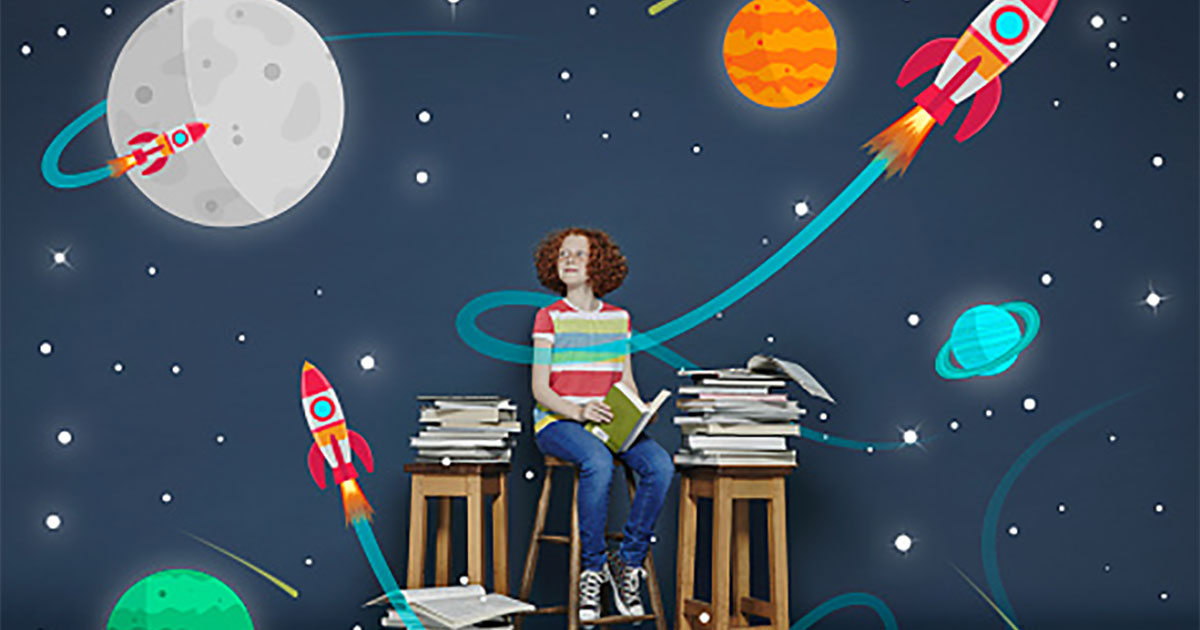 This is not very difficult from the point of view of science. But the birth of a child is the most amazing, most mysterious phenomenon on Earth. And it requires a very careful, sensitive, if you like, reverent attitude. After all, there are two lives on the scales, sacrificing which is categorically inhuman.
This is not very difficult from the point of view of science. But the birth of a child is the most amazing, most mysterious phenomenon on Earth. And it requires a very careful, sensitive, if you like, reverent attitude. After all, there are two lives on the scales, sacrificing which is categorically inhuman.
Twelve years, which American colleagues are talking about, is a huge period for science and research. And drastic changes are possible. However, let me remind you that we have already gone through water births, the birth of a child at home without medical support, without certain conditions. The conclusions are known to all. It has been proven: it is necessary to give birth in comfortable conditions, best of all - in specialized institutions. And there must be a professional, an obstetrician-gynecologist nearby. I may be told that it is possible to send such a specialist to the same conditions of weightlessness. But it's still an experiment. And human life is priceless. Being born in space is, of course, curious, but it is hardly necessary. nine0003
nine0003
Vladimir Sychev, Deputy Director for Research at the Institute of Biomedical Problems of the Russian Academy of Sciences:
- We have incubated quail eggs that were fertilized on Earth. Completely viable. Once returned to Earth, however, not entirely successful. They sent fish: the fry of the guppies hatched. But, again, guppies are viviparous fish, so fertilization was on Earth. In space, it just came to development, hatching, and that's it. The only organism that has reproduced well is flies. Three generations of flies received on the Photon biosatellite. Upon their return to Earth, they were divided into two groups: one was left in the laboratory, and the other, 20 days after landing, was again sent into space - this time to the ISS. It turned out that the flies that returned to space bred in weightlessness much more productively than those that remained on Earth. nine0003
Prepared by Irina Krasnopolskaya, Natalia Slavina.
The little prince: when the first child can be born in space
Life on other planets has been prophesied for us for a long time.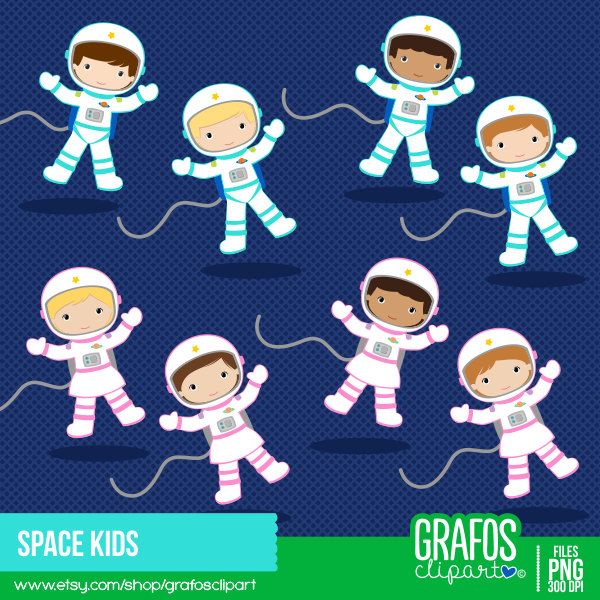 But on the way to an extraterrestrial civilization, the task is to study the conditions of human reproduction in space. As a consequence, serious medical and ethical issues arise.
But on the way to an extraterrestrial civilization, the task is to study the conditions of human reproduction in space. As a consequence, serious medical and ethical issues arise.
In the future, looking back at the history of space flight, people will definitely remember three people: Yuri Gagarin, Neil Armstrong, and the first child to be born in space. nine0003
We are already preparing for the arrival of the latter: in 2018, NASA sent frozen human sperm to the ISS, researchers are trying to figure out if it will survive in microgravity, and SpaceBorn United is planning missions to conceive and give birth in space (which, according to them estimated to take place as early as 2028). In addition, in 2016, entrepreneur Igor Ashurbeyli established the entire space state of Asgardia, whose development agenda in 2019 included an item on creating conditions for the birth of a child in space over the next 22 years. nine0003
However, many experts look at these ambitious plans with interest, but not without fear.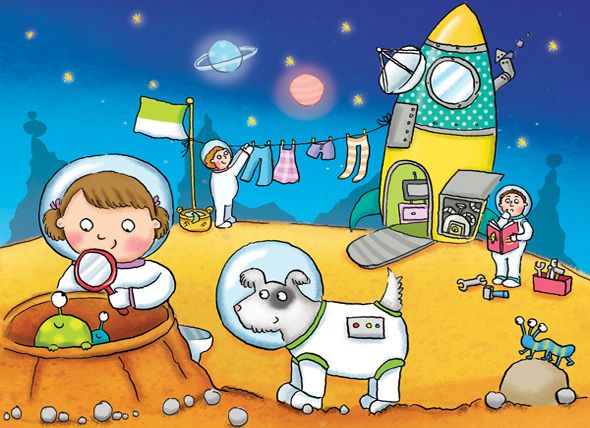 Scientists have been studying the issue of reproduction in space for a long time, but whether a person is able to continue the race in space conditions is still unknown. Experiments on rats, flies, fish and birds have shown that there will definitely be problems.
Scientists have been studying the issue of reproduction in space for a long time, but whether a person is able to continue the race in space conditions is still unknown. Experiments on rats, flies, fish and birds have shown that there will definitely be problems.
Thus, in 1990, eight quails hatched aboard the Mir orbital station, but they did not have time to live long. In 1999, they managed to move forward and return three chicks to Earth. Initially, the experiment pursued quite “mundane” goals, namely, obtaining another possible source of power for astronauts, but it also showed something else - generation in orbit is, in principle, possible. nine0003
Fish were also sent into space - guppies and Japanese orizia, which also hatched fry. True, they have two huge advantages over humans. Firstly, they live in water, which is why they are initially partially ready for weightlessness. Secondly, fish do not have implantation and early embryonic development, so the experiment is not the most indicative for mammals.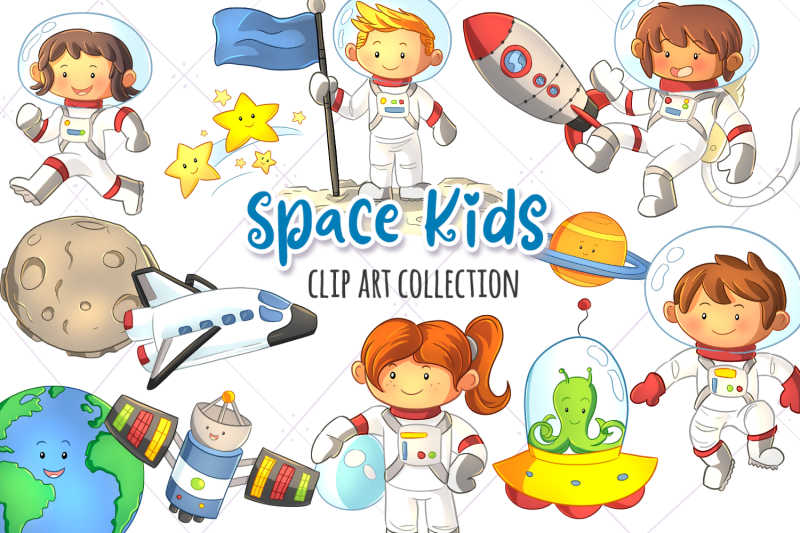 In addition, it turned out that the ovaries of fish that had been in space conditions turned out to be impaired, probably due to radiation. Radiation harms the male sex no less: it is known that irradiation can damage the structure of the spermatozoon. In addition, the male reproductive system in space conditions is also subject to changes associated with weightlessness. nine0003
In addition, it turned out that the ovaries of fish that had been in space conditions turned out to be impaired, probably due to radiation. Radiation harms the male sex no less: it is known that irradiation can damage the structure of the spermatozoon. In addition, the male reproductive system in space conditions is also subject to changes associated with weightlessness. nine0003
Futurology A century-long road: what path will the development of mankind take?
Astronauts tried to grow newts from eggs and immediately encountered developmental pathologies: eggs, instead of multiple division (2-4-8) under normal conditions, began to divide randomly in space, which led scientists to draw a disappointing conclusion: women who conceived outside the Earth can the likelihood of early termination of pregnancy.
Earlier, Vladimir Sychev, deputy director for research at the Institute of Biomedical Problems of the Russian Academy of Sciences, said that the only organism that reproduced well in space were flies, three generations of which were grown on the Foton biosatellite.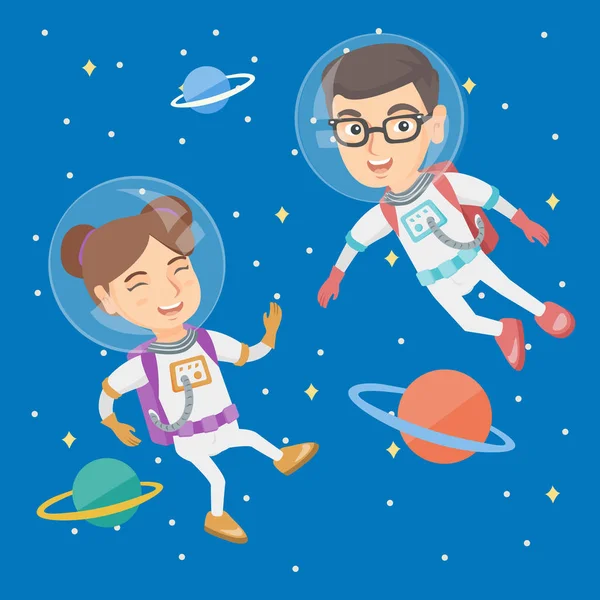 Some of them returned to Earth, and some went back into space. As a result, it turned out that the returned flies reproduced in weightlessness much more productively than those that remained on Earth. nine0003
Some of them returned to Earth, and some went back into space. As a result, it turned out that the returned flies reproduced in weightlessness much more productively than those that remained on Earth. nine0003
The main problem with all these experiments is their low applicability to humans. On more or less developed species, an experiment with a full cycle has never been carried out. In addition, a number of studies claim that extraterrestrial children will be viable only in extraterrestrial conditions: their heart, skeleton, muscles and immunity will be weak and designed to live in the absence of gravity.
In addition to technical and biological problems, there are also ethical ones: experiments that somehow affect children and pregnant women will always be debatable. Researchers face a very difficult task: to minimize the risks and ensure the safety of both the unborn child and his mother in conditions that are completely different from earthly conditions, poorly understood and to some extent unpredictable.